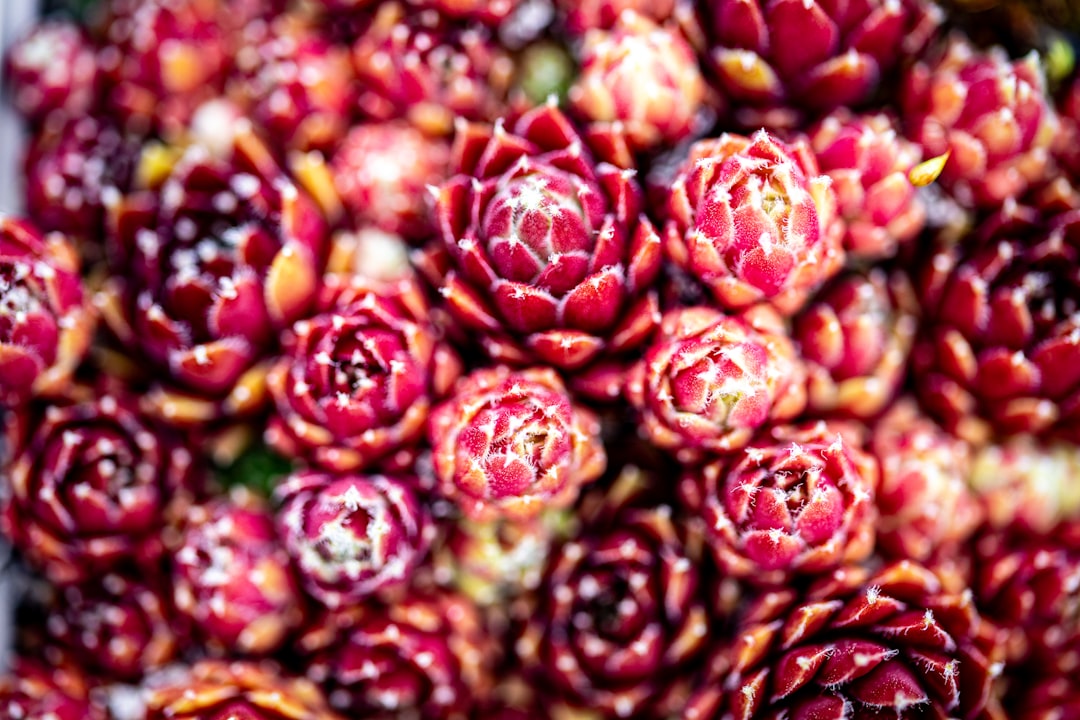As water becomes an increasingly precious resource around the world, gardeners and landscape designers are rethinking how to create beautiful outdoor spaces that don’t rely on excessive irrigation. Enter xeriscaping—a water-wise approach to landscaping that combines sustainability, functionality, and stunning design. Originating in arid regions but now embraced globally, xeriscaping is not just about using less water—it's about using smarter landscaping strategies to create resilient, eco-friendly environments that thrive naturally.
In this post, we’ll explore what xeriscaping is, its core principles, and how to design your own low-water landscape no matter where you live.
What Is Xeriscaping?
Xeriscaping (from the Greek “xeros,” meaning dry) is a landscaping philosophy focused on water conservation through thoughtful plant selection, soil improvement, and efficient irrigation. Originally developed in the American Southwest, it has since evolved into a global practice with applications in both dry and temperate regions.
But xeriscaping isn’t about cacti and gravel alone—it’s about designing spaces that are adapted to your local climate and soil, often using native plants that require little intervention. Done right, xeriscapes are colorful, biodiverse, and brimming with texture and life.
Why Choose Xeriscaping?
🌎 Environmental Sustainability
Xeriscaping reduces water consumption by 50–75% compared to traditional lawns. That means less strain on local water supplies and a lower environmental footprint.
💧 Lower Water Bills
Less irrigation equals less money spent on utilities. For homeowners in water-scarce areas, the savings can be significant year-round.
⏳ Reduced Maintenance
With the right plant choices and smart design, xeriscaped gardens require far less mowing, pruning, and fertilizing. That means more time enjoying your garden and less time maintaining it.
🐝 Support for Biodiversity
By choosing native plants, you support local pollinators, birds, and insects. A well-designed xeriscape can be a haven for biodiversity.
The 7 Principles of Xeriscaping
-
Plan and Design Start with a solid layout. Consider sun exposure, drainage, and how you’ll use each space. Group plants by water needs and create functional zones (e.g., seating areas, pathways, planting beds).
-
Soil Improvement Healthy soil is crucial. Add organic matter like compost to increase water retention while improving drainage. Test your soil and amend accordingly.
-
Efficient Irrigation Drip irrigation systems, soaker hoses, and timed watering minimize waste and deliver water directly to plant roots. Water early in the morning or late evening to reduce evaporation.
-
Appropriate Plant Selection Choose drought-tolerant and native plants that are adapted to your region’s climate. These require less water, resist local pests, and thrive with minimal care.
-
Mulching Apply a 2–4 inch layer of mulch to retain soil moisture, suppress weeds, and regulate soil temperature. Organic mulch like bark or wood chips breaks down and enriches the soil over time.
-
Turf Reduction Lawns are water guzzlers. Replace thirsty turf with groundcovers, gravel, native grasses, or functional hardscape areas like patios or paths.
-
Proper Maintenance Xeriscapes require less upkeep, but they’re not set-it-and-forget-it. Occasional weeding, pruning, and seasonal cleanup will keep your landscape healthy and attractive.
Global Xeriscaping Inspiration
🌵 Southwestern USA
Classic xeriscapes in Arizona or New Mexico often feature native succulents, gravel paths, and adobe-style hardscapes. Plants like agave, yucca, and desert marigold offer striking silhouettes and blooms with minimal water needs.
🏜️ Mediterranean Regions
Think lavender, rosemary, olive trees, and terra cotta tiles. These drought-tolerant plants thrive in hot, dry summers and add fragrance and color to your garden.
🐨 Australia
Native species like kangaroo paw, grevillea, and eucalyptus are ideal for low-water gardens. Australian xeriscapes often blend dryland textures with bursts of vibrant color.
🌻 Drylands of Africa
Resilient species like aloes, spekboom (Portulacaria afra), and baobab trees form the backbone of xeriscaping in semi-arid areas. These plants are adapted to thrive with minimal rainfall and support local ecosystems.
🌾 Global Urban Areas
Even in cities with variable rainfall, xeriscaping is growing in popularity. Rooftop gardens, parkways, and balconies can be transformed using pots of drought-tolerant plants, vertical garden systems, and smart irrigation.
Top Plants for Xeriscaping (By Region)
North America
-
Coneflower
-
Yarrow
-
Blanket flower
-
Russian sage
-
Blue grama grass
Europe
-
Lavender
-
Sage
-
Sedum
-
Thyme
-
Rockrose
Asia
-
Lotus (for dry pond beds)
-
Artemisia
-
Bamboo (in containers)
-
Camphor tree
Africa
-
Aloe
-
Spekboom
-
Acacia
-
Protea
Australia
-
Kangaroo paw
-
Grevillea
-
Banksia
-
Grass tree
Xeriscaping Doesn’t Mean Sacrificing Beauty
There’s a common myth that xeriscapes are dry, barren, and brown. Not true! In fact, xeriscaped gardens often boast more color, texture, and seasonal interest than traditional lawns. With layered planting, creative hardscape elements, and regionally adapted plants, your water-wise garden can become a personal sanctuary that’s as visually inspiring as it is sustainable.
Consider incorporating:
-
Stone paths and boulders for structure
-
Colorful pots filled with succulents or herbs
-
Birdbaths or solar fountains for movement and wildlife
-
Decorative gravel or decomposed granite to define spaces and add interest
Final Thoughts
As water scarcity becomes a pressing global issue, xeriscaping offers a solution that’s as practical as it is beautiful. By working with nature—rather than against it—you can create a thriving, sustainable garden that conserves resources, supports wildlife, and enhances your outdoor space.
Whether you’re in a desert climate or simply looking to reduce your water use, xeriscaping is a timeless and global gardening strategy that puts ecology, design, and resilience at the forefront.
So go ahead—plant smart, water wise, and let your landscape flourish the sustainable way.

Comments
No comments yet. Be the first to comment!
You must be logged in to comment. Login